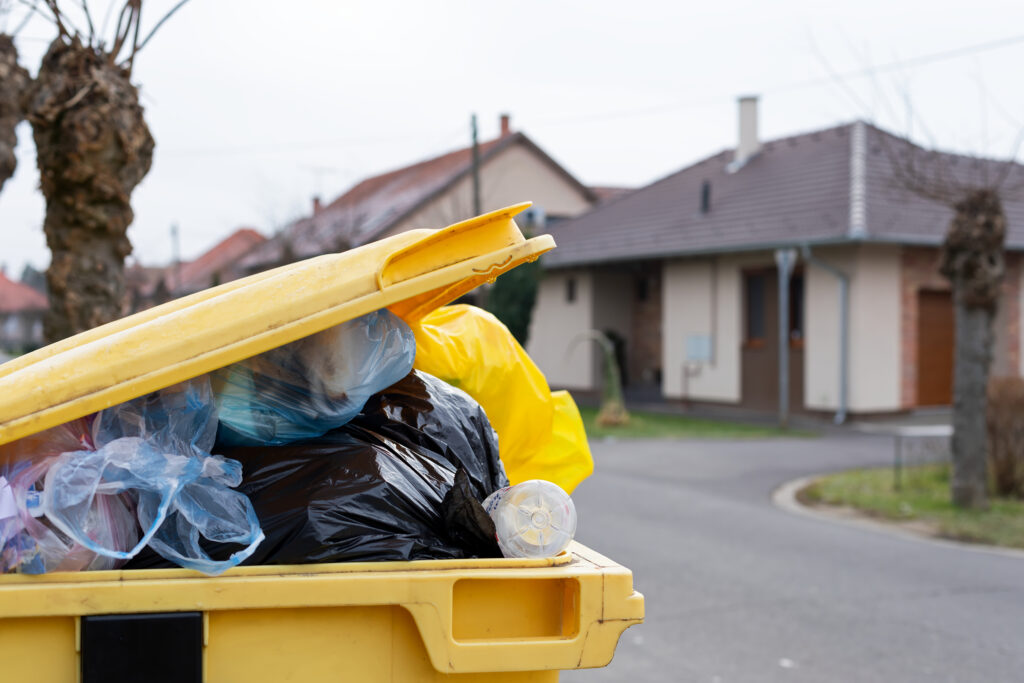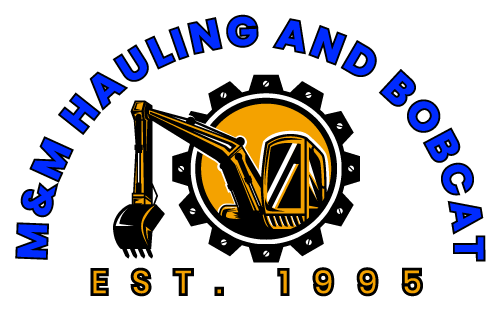I’ve seen disasters turn California neighborhoods into scenes from apocalyptic movies overnight.
Last summer, I watched a seasoned cleanup veteran stand in front of what used to be a pristine Malibu estate, now reduced to toxic ash and twisted metal, mutter, “Well, this is a new kind of mess,” before pulling out his tablet to start cataloging the chaos.
Welcome to the wild world of disaster cleanup in the Golden State, where Mother Nature keeps inventing new ways to test our waste management creativity.
When Mother Nature Goes Rogue

Emergency Waste Management CA
Let me paint you a picture: Imagine playing environmental Tetris, but the pieces are burnt-out Teslas, half-melted solar panels, and that fancy eco-friendly composite decking that’s now floating down the street. Each disaster writes its own rulebook, and just when you think you’ve seen it all, California throws you a curveball – like a mudslide that’s decided to redistribute an entire neighborhood’s worth of belongings across a protected wetland.
The “You Can’t Make This Stuff Up” Department
Last month in Santa Rosa, we had to figure out how to safely remove a hot tub that had somehow landed in a tree during a windstorm. The kicker? It was still full of water. These are the kind of puzzles they don’t cover in waste management school.
The First 48: When Minutes Feel Like Hours
The first two days after a disaster are pure organized chaos. It’s like playing chess while juggling flaming chainsaws – one wrong move and things go from bad to “Oh, great, now we’ve got a hazmat situation.” You’re racing against time, trying to prevent that flood damage from turning into a toxic mold paradise, or stopping yesterday’s wildfire ash from becoming tomorrow’s environmental nightmare.
Detective Work in a Disaster Zone
Before anyone lifts a finger to clean, you’ve got to channel your inner CSI investigator. Is that pile of debris hiding a damaged gas line? Did that “harmless” looking puddle come from a septic tank? In older buildings, you’re playing “Spot the Asbestos” – a game nobody wants to win but everyone needs to be good at.
The Great Sorting Adventure
Sorting disaster debris in California is like trying to organize a tornado – everything’s mixed up, nothing’s where it should be, and half of it’s trying to kill you. You’ve got your obvious categories: “definitely toxic,” “probably toxic,” and “surprisingly not toxic but still needs special handling because California said so.”
The California Compliance Dance
Working with California’s environmental regulations is like trying to waltz through a minefield wearing steel-toed boots. Miss one step, file the wrong form, or forget to check the right box, and suddenly you’re explaining to a state inspector why that pile of debris is three inches higher than your permit allows.
Tech Meets Trash
These days, we’re using technology that makes old-school cleanup look like stone age stuff. Drones zip overhead mapping debris fields, AI helps identify hazardous materials, and GPS tracking ensures not a single contaminated scrap escapes documentation. Though sometimes I miss the simplicity of just having a guy with a clipboard yelling “Watch out for that!”
The Digital Paper Trail
Every load, every scoop, every single piece of debris gets tracked like it’s got its own Instagram following. Why? Because when the insurance adjusters and state regulators come calling (and they will), you need to be able to tell them exactly where that toxic fence post from lot 247 ended up.
The Community Factor
Here’s something they don’t tell you in the manuals: disasters have a weird way of turning strangers into family. I’ve seen million-dollar homeowners and folks from the wrong side of the tracks working side by side, sharing water bottles and swapping stories while sorting through what’s left of their neighborhoods.
The Human Side of Cleanup
Sometimes the most important cleanup tool isn’t a hazmat suit or a heavy-duty dumpster – it’s knowing when to stop, put a hand on someone’s shoulder, and listen as they tell you about the photo album they’re hoping to find in the rubble.
Looking Ahead: The New Normal
California’s teaching us that disaster cleanup isn’t just about getting back to normal – it’s about adapting to a new normal where “hundred-year disasters” seem to show up every other Tuesday. We’re learning to build better, clean smarter, and plan for things we hope never happen but probably will.
The future of disaster cleanup in California isn’t just about bigger machines or better chemicals – it’s about being smarter, faster, and more resilient. It’s about understanding that every pile of debris tells a story, and every cleanup job is a chance to help someone start their next chapter.
And maybe that’s the real lesson here: in California, disaster cleanup isn’t just about managing waste – it’s about rebuilding hope, one truckload at a time. Just make sure you’ve got all the right permits first, because this is still California, after all.



